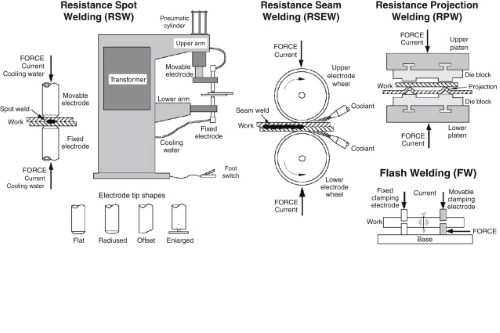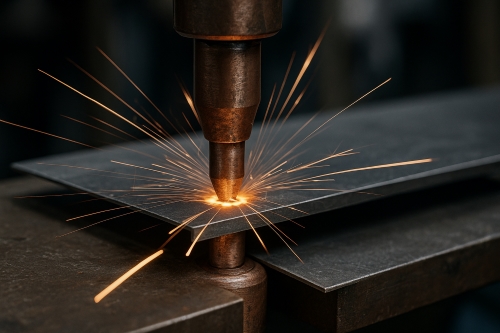Prime Molybdenum Alloys And Their Uses
Introduction
Molybdenum alloys are a group of materials composed of molybdenum and additional elements. These alloys have a high melting point, good thermal conductivity and corrosion resistance. They are used in various industries, including aerospace, defence, medical and electronics. In this article we discuss several key molybdenum alloys and their applications. We hope this text improves your understanding of these molybdenum-based metals and alloys.
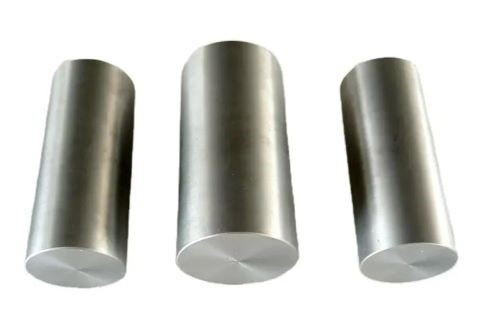
Figure 1. Molybdenum alloys
Titanium-Zirconium-Molybdenum Alloy (TZM)
The Titanium-Zirconium-Molybdenum Alloy (TZM) is a molybdenum-based alloy. It comprises molybdenum, titanium and zirconium. A small quantity of fine carbides is also added. The TZM alloy is significantly stronger than pure molybdenum and other molybdenum alloys. It also exhibits a higher recrystallisation temperature and improved creep resistance.
Owing to these properties, the TZM alloy withstands high temperatures and severe conditions. The alloy is common in high-temperature applications. Given its strength and high recrystallisation temperature, TZM is used for furnace components and horizontal supports in vacuum furnace systems. Furthermore, TZM is employed in the manufacture of medical diagnostic devices, including rotating anodes in X-ray tubes. It is also utilised in the aerospace industry for rocket nozzles, heat shields and gas turbines.
Further reading: TZM Alloy - Applications, Properties and Production Methods
Molybdenum-Lanthanum Alloy (Mo-La)
The Molybdenum-Lanthanum Alloy (Mo-La) contains a small proportion of lanthanum oxide. This alloy exhibits improved mechanical properties, including high ductility, toughness and tensile strength. It is more resistant to crack formation and deformation under high loads.
The Molybdenum-Lanthanum Alloy is resistant to high temperatures and less prone to oxidation. The addition of lanthanum oxide yields a distinct lamellar structure that remains stable at 2 000 °C. The Mo-La alloy is also creep and corrosion resistant.
This alloy is suited for high-temperature applications and lighting components. It is utilised in the production of incandescent bulb internals, high-temperature heat shields, high-temperature containers, electrical vacuum devices, power semiconductor devices and components in microwave magnetrons.
Molybdenum-Tungsten Alloy (Mo-W)
By adding tungsten, a Molybdenum-Tungsten Alloy (Mo-W) is produced. It performs well at elevated temperatures and features excellent thermal conductivity, a high melting point, good resistance to temperature fluctuations, improved corrosion resistance and enhanced etchability.
The Mo-W alloy effectively hinders the corrosion caused by molten zinc. These alloys are used in specific corrosion-resistant components of zinc melting temperature measurement devices and zinc melting furnaces. Molybdenum-tungsten alloys are also employed in the electronics industry for vacuum tubes and X-ray tubes, as well as in the aerospace sector for rocket nozzles and heat shields.
Molybdenum-Rhenium Alloy (Mo-Re)
The Molybdenum-Rhenium Alloy (Mo-Re) is produced from molybdenum and rhenium. It exhibits excellent high-temperature strength and ductility. The Mo-Re alloy is primarily used to manufacture thermocouple wires, where high ductility and significant strength are required. It is utilised in the aerospace industry for rocket nozzles, gas turbines and engine components. Additionally, the Mo-Re alloy is used in the medical sector for radiation shielding and X-ray targets.
Molybdenum-Copper Alloy (Mo-Cu)
Molybdenum-Copper Alloys (Mo-Cu) consist of molybdenum and copper. The Mo-Cu alloy features excellent thermal conductivity and a low coefficient of thermal expansion. It is applied in the electronics industry for heat sinks, microwave carriers and high-performance laser diode submounts.
Molybdenum-Silicon Alloy (Mo-Si)
The Molybdenum-Silicon Alloy (Mo-Si) comprises molybdenum and silicon. It provides excellent high-temperature strength and good oxidation resistance. The Mo-Si alloy is used in the semiconductor industry for furnace components.
Conclusion
Molybdenum alloys are used across a broad range of industries owing to their precise physical and chemical properties. The selection of a specific molybdenum alloy depends on the application requirements and project specifications. Whether a Mo-W alloy is chosen for rocket nozzles or a Mo-Cu alloy for heat sinks, molybdenum alloys serve important roles in several sectors.
Stanford Advanced Materials (SAM) is a reliable supplier of molybdenum and its alloys. We stock the titanium-zirconium-molybdenum alloy, the ductile molybdenum-rhenium alloy and the molybdenum-lanthanum alloy with high-temperature resistance. Please contact us if you are interested.

 Bars
Bars
 Beads & Spheres
Beads & Spheres
 Bolts & Nuts
Bolts & Nuts
 Crucibles
Crucibles
 Discs
Discs
 Fibers & Fabrics
Fibers & Fabrics
 Films
Films
 Flake
Flake
 Foams
Foams
 Foil
Foil
 Granules
Granules
 Honeycombs
Honeycombs
 Ink
Ink
 Laminate
Laminate
 Lumps
Lumps
 Meshes
Meshes
 Metallised Film
Metallised Film
 Plate
Plate
 Powders
Powders
 Rod
Rod
 Sheets
Sheets
 Single Crystals
Single Crystals
 Sputtering Target
Sputtering Target
 Tubes
Tubes
 Washer
Washer
 Wires
Wires
 Converters & Calculators
Converters & Calculators
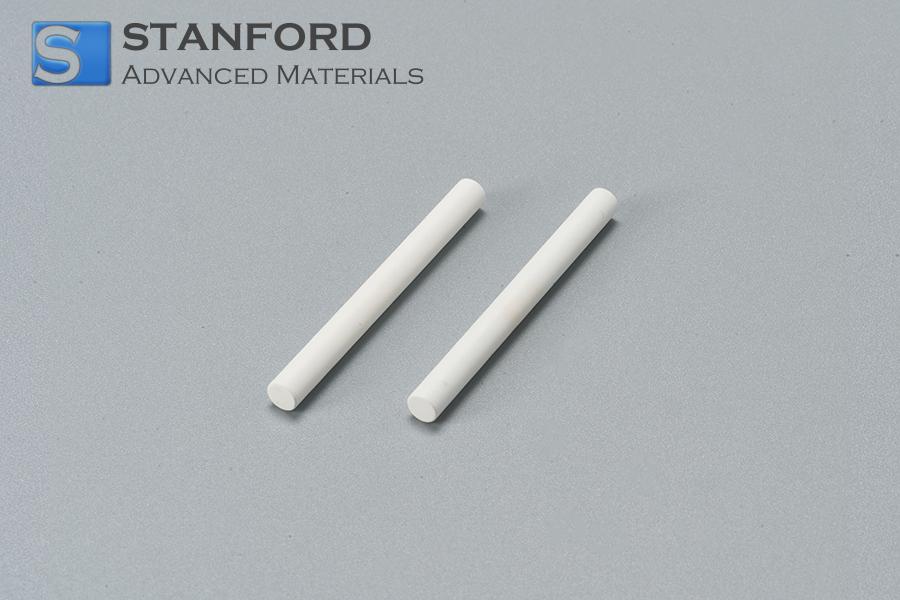
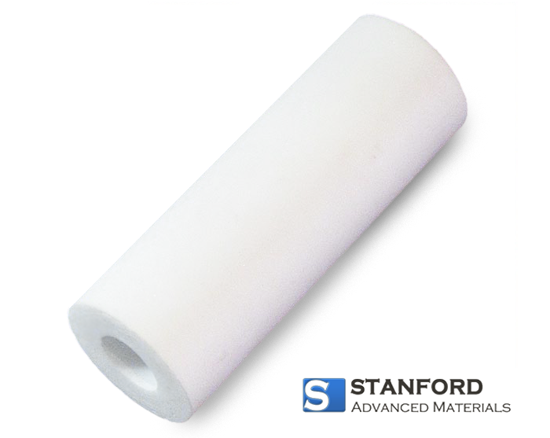
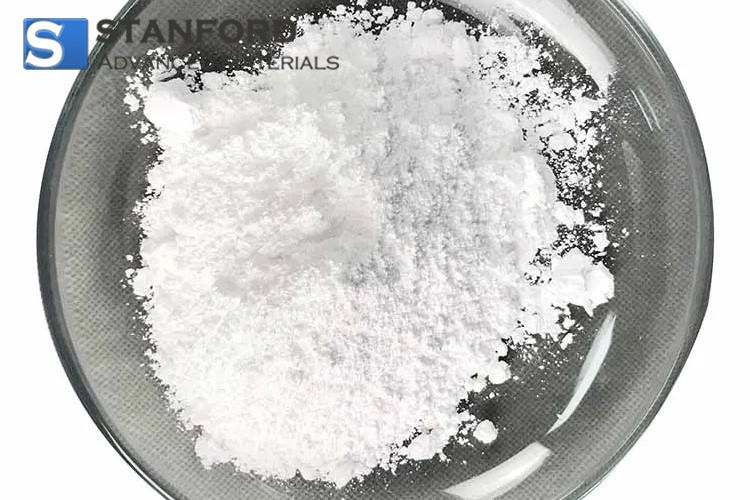
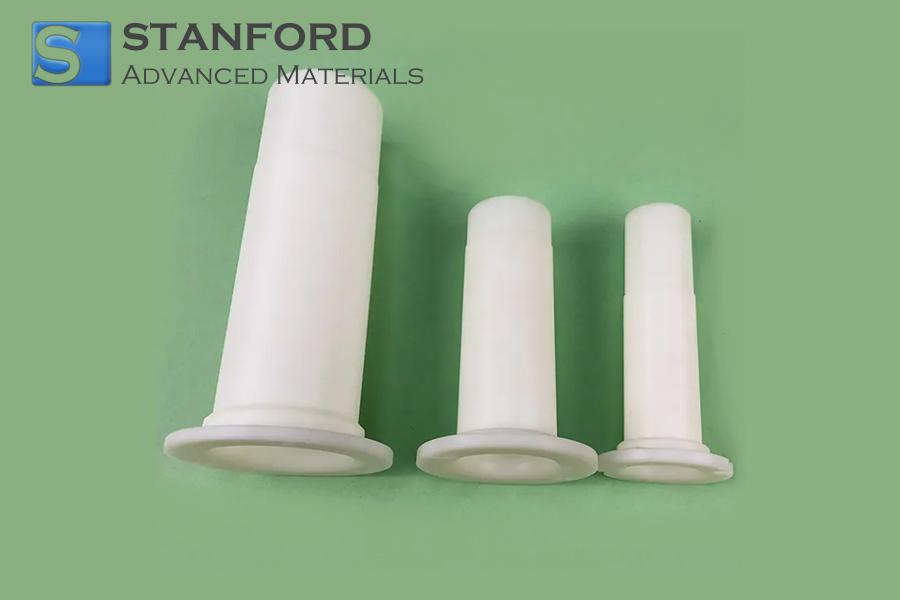
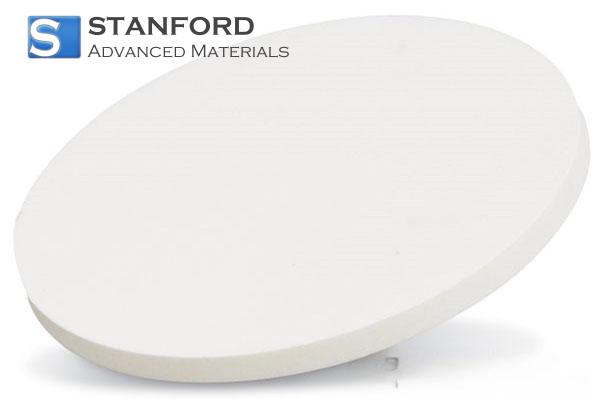
 Chin Trento
Chin Trento


